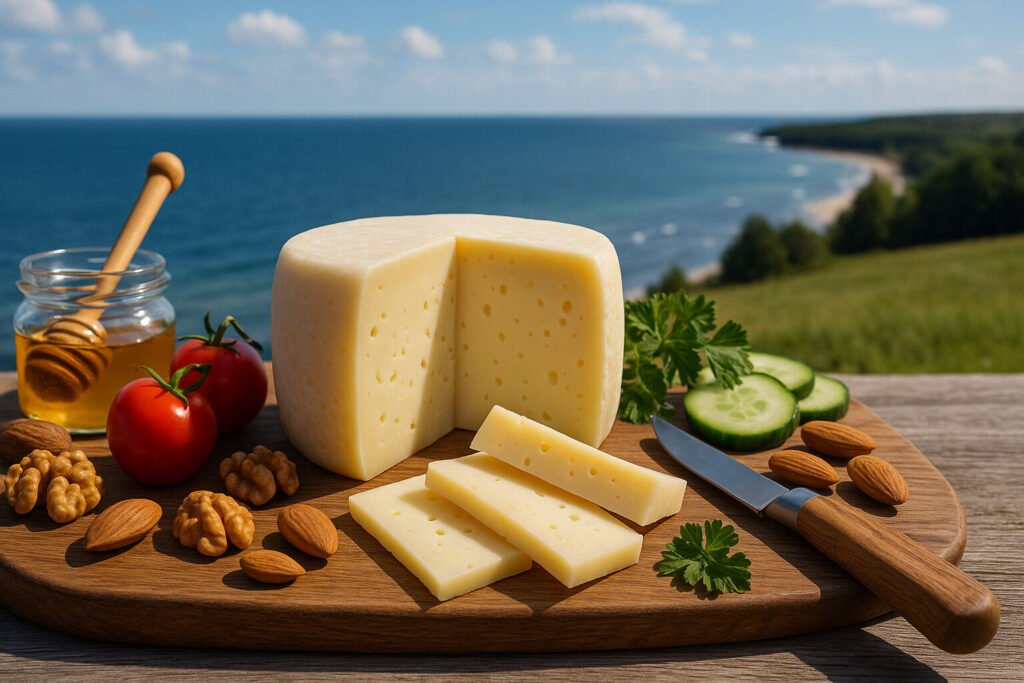Cheese Of Baltic Sea Region
Introduction to Baltic Sea Region Cheese
Cheese production in the Baltic Sea region has a long and storied history, with each country contributing unique varieties. The cool climate and rich pastures provide ideal conditions for dairy farming. This has led to the development of distinctive cheeses that reflect local traditions and tastes.
Many of these cheeses are made using traditional methods passed down through generations. They often incorporate local ingredients and aging processes specific to their area. The result is a diverse range of flavors and textures that are highly valued by cheese enthusiasts worldwide.
Historical Background
The history of cheese making around the Baltic Sea dates back centuries, influenced by trade and cultural exchanges. Coastal communities developed cheese as a way to preserve milk. Over time, these practices evolved into the artisanal methods seen today.
Historical records show that cheese was an important trade commodity in the region. It was often exchanged for other goods along ancient trade routes. This exchange helped spread cheese making techniques and influenced regional varieties.
Key Cheese Varieties
Several notable cheeses originate from the Baltic Sea region, each with unique characteristics. Examples include Swedish Västerbotten, Finnish Leipäjuusto, and Lithuanian Džiugas. These cheeses vary in texture, flavor, and production methods.
Many of these varieties are protected by geographical indications to preserve their authenticity. This ensures that only cheese produced in specific areas using traditional methods can bear the name. Such protections help maintain cultural heritage and quality standards.
Production Methods
Traditional cheese making in the Baltic region often involves raw milk and natural aging processes. Artisans pay close attention to temperature and humidity during production. These factors are crucial for developing the desired flavor profiles.
Modern producers sometimes blend traditional techniques with new technologies to improve consistency. However, many small-scale producers continue to use time-honored methods. This commitment to tradition helps preserve the unique character of Baltic cheeses.
Cultural Significance
Cheese holds a special place in the culinary traditions of Baltic Sea countries. It is often featured in festive meals and everyday cuisine. Local cheeses are a source of regional pride and identity.
Many communities celebrate their cheese heritage through festivals and competitions. These events showcase the diversity and quality of regional cheeses. They also provide opportunities for producers to connect with consumers and share their craft.

